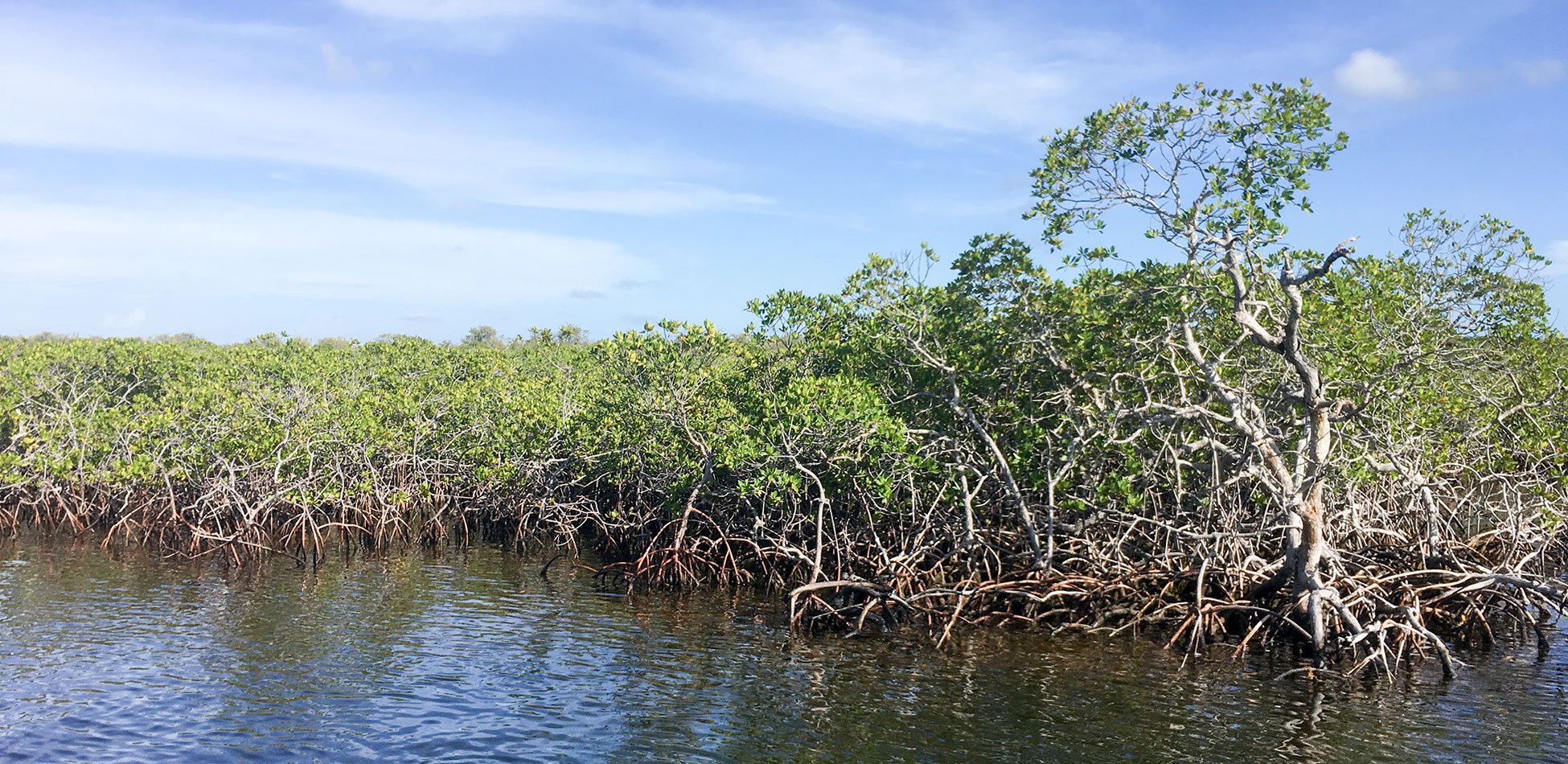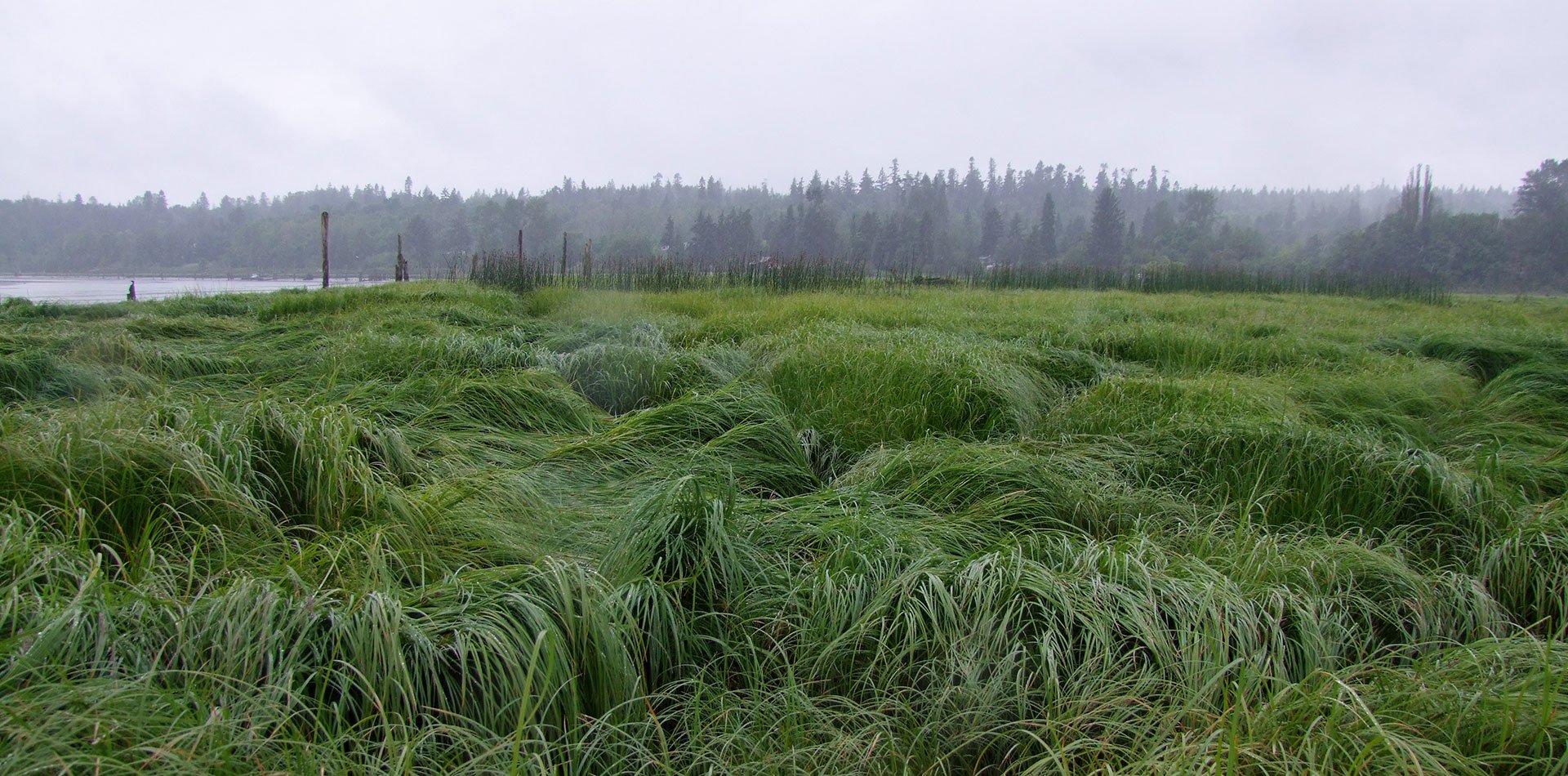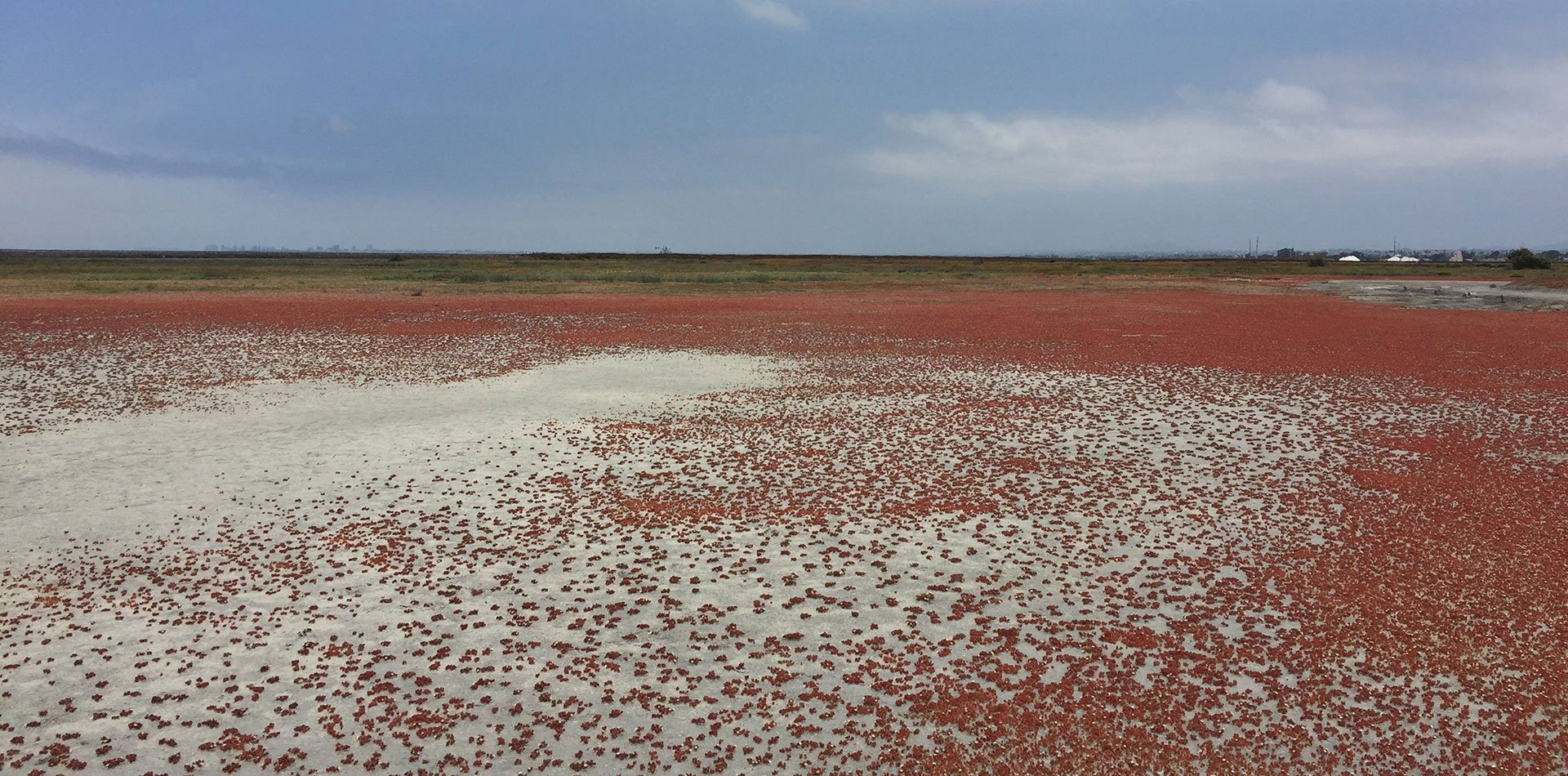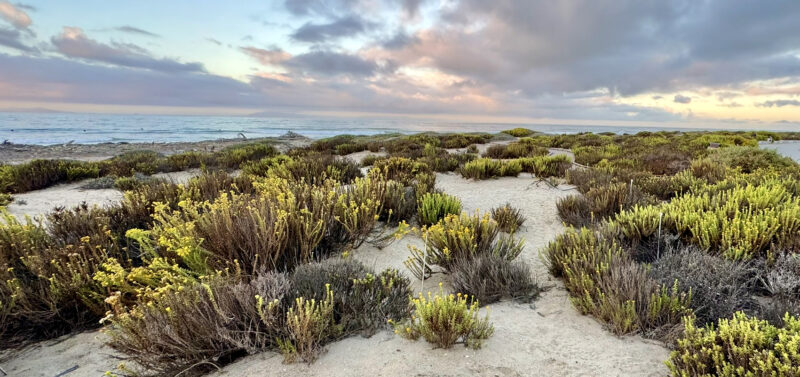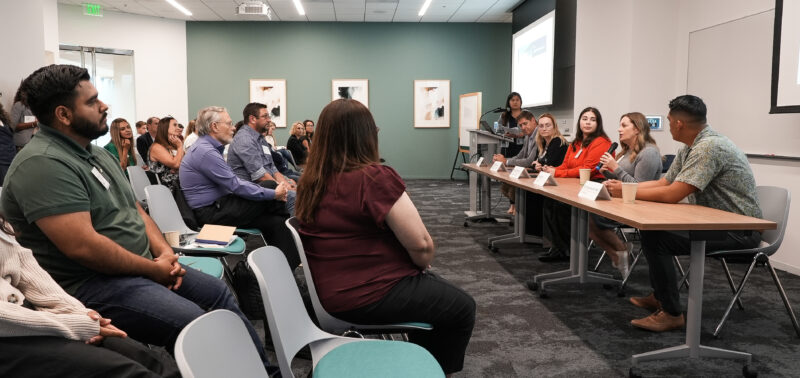ESA is leading dozens of restoration projects across the Pacific Northwest, in collaboration with tribes...
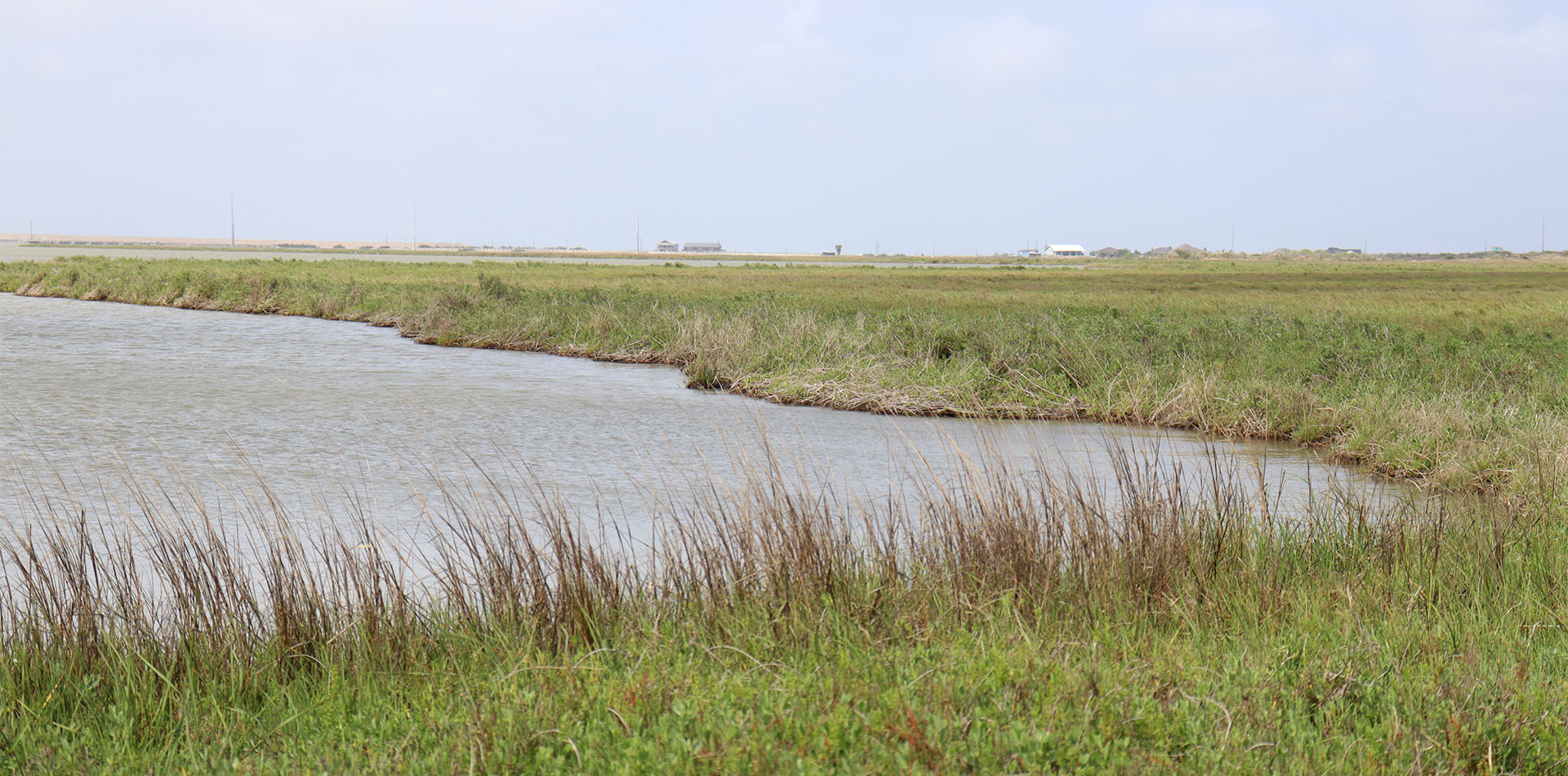
Texas Blue Carbon Feasibility Assessment
Our natural coastal and marine environments not only offer protection from the rising seas and stronger storms brought on by anthropogenic climate change, but also draw down atmospheric greenhouse gases.
Why does this project matter?
The Taskforce on Scaling Voluntary Carbon Markets (2021) has estimated that the demand for carbon credits will increase to create a market worth $50 billion by 2030. This feasibility study seeks to not just contribute to the body of knowledge around blue carbon, but also to progress the developing market of blue carbon and resilience credits. The voluntary carbon market provides individuals and corporations the opportunity to reduce their carbon footprint beyond internal reductions by offsetting their emissions through payments to projects elsewhere.
What is ESA doing to help?
Over the past few years, several blue carbon methodologies have been approved by standards (such as Verra), and several pilot projects have been developed in mangrove forests throughout the world. Additionally, the first blue carbon project in the U.S. focused solely on seagrass meadows was recently registered by Verra in April 2022.
One of the challenges of bringing blue carbon credits to market is the interdisciplinary nature of such projects. For example, just determining the permanence of the blue carbon credits requires assessment of physical factors, such as sea-level rise resiliency, the changing legal landscape, and the evolving cost of carbon. Therefore, ESA, working for The Nature Conservancy and teamed with economist Dr. Phil King and Theda Braddock, JD, evaluates the market, technical, financial, legal, and organizational feasibility of five restoration and conservation projects, while also considering the social impacts of blue carbon restoration. Based on stakeholder feedback gathered during a series of webinars and meetings conducted in Spring 2021, the study evaluates four high priority project types for the Texas coast: acquisition, hydrological restoration, beneficial use of dredge material, and erosion control.
Connect with our team
Details
Client The Nature Conservancy
Location Corpus Christi, Texas
Market Natural Resource Management
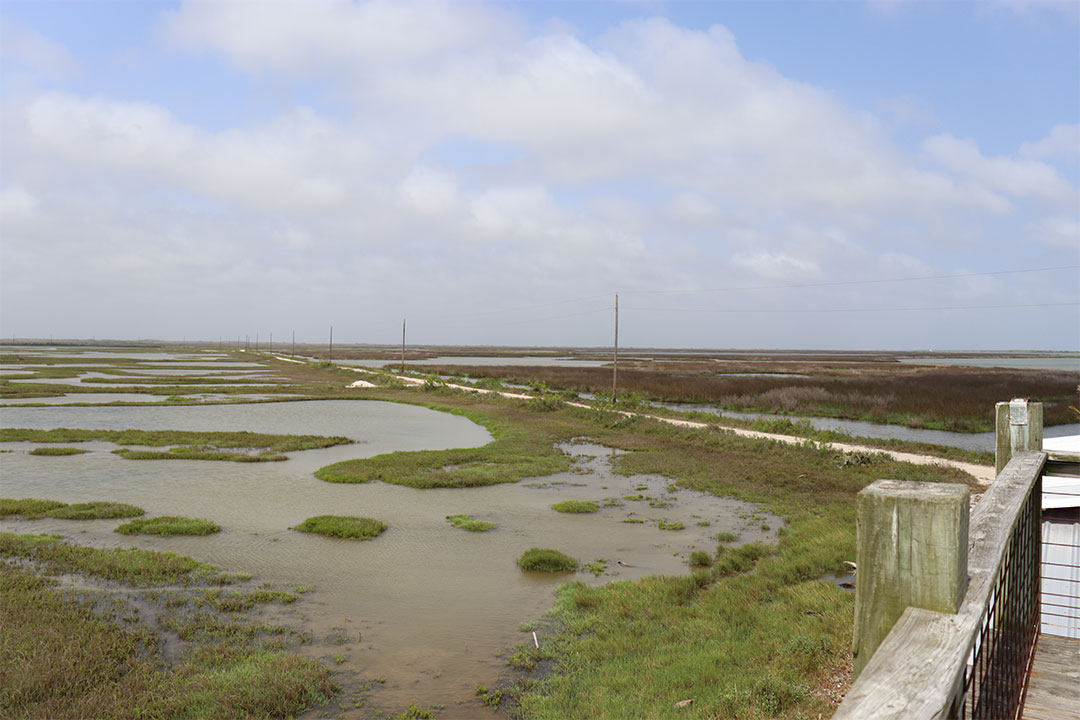
Similar Projects
News & Ideas
With the shutdown behind us, federal agencies and Congress are shifting back into gear and...
More than a decade after it's first phase of construction, Surfers' Point in Ventura, California...
ESA uses a customized approach to help clients set sustainability goals and reduce their emissions,...
California’s Assembly Bill 1319 sets a process to assess reduced federal protections for endangered native...
In early October, ESA hosted our first-ever Permitting Symposium in Irvine, California, which brought together...


